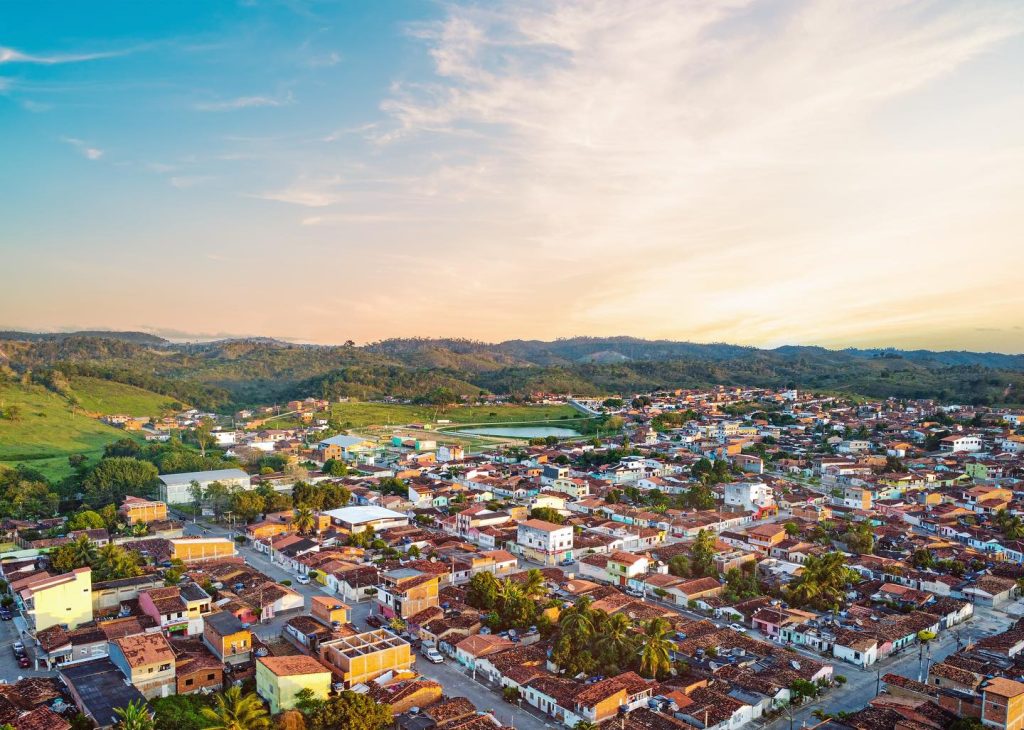In the middle of the valleys of southwest Bahia lies Itagibá. Founded in 1931, the municipality is known for its stunning landscapes, full of natural beauty, and its rich fauna and flora. It is also one of the towns that will receive the tracks of the West-East Integration Railway (FIOL 1), which is being developed by BAMIN in the region.
With a population of just over 15,000 inhabitants, who are very welcoming and hospitable and proudly preserve their traditions and culture, Itagibá delights anyone who passes through. The town has traditional festivals, such as São João, which brings together locals and tourists in a lively celebration, with typical food, dancing and live music.
The town is also known for having one of the largest open-pit nickel sulphide mines in the world: the Santa Rita mine. The mine’s annual processing capacity is estimated at 6.5 million metric tons of ore, which makes up the lithium-ion batteries used mainly by electric car manufacturers.
As far as tourist attractions are concerned, Itagibá offers several options for visitors, especially for those seeking contact with nature. Highlights include the waterfalls scattered throughout the countryside, the trails along the banks of the Rio do Peixe and the bike rides, which allow for stops at special points, such as the Maria Gorethi Mother Church and the Vaqueiro Park.
The climate is similar to the other municipalities in the region, tropical humid, with high temperatures all year round. However, as it is a well-wooded town with many squares, it is possible to enjoy the attractions, do outdoor activities and explore everything Itagibá has to offer in any season.
Photo: City Hall



